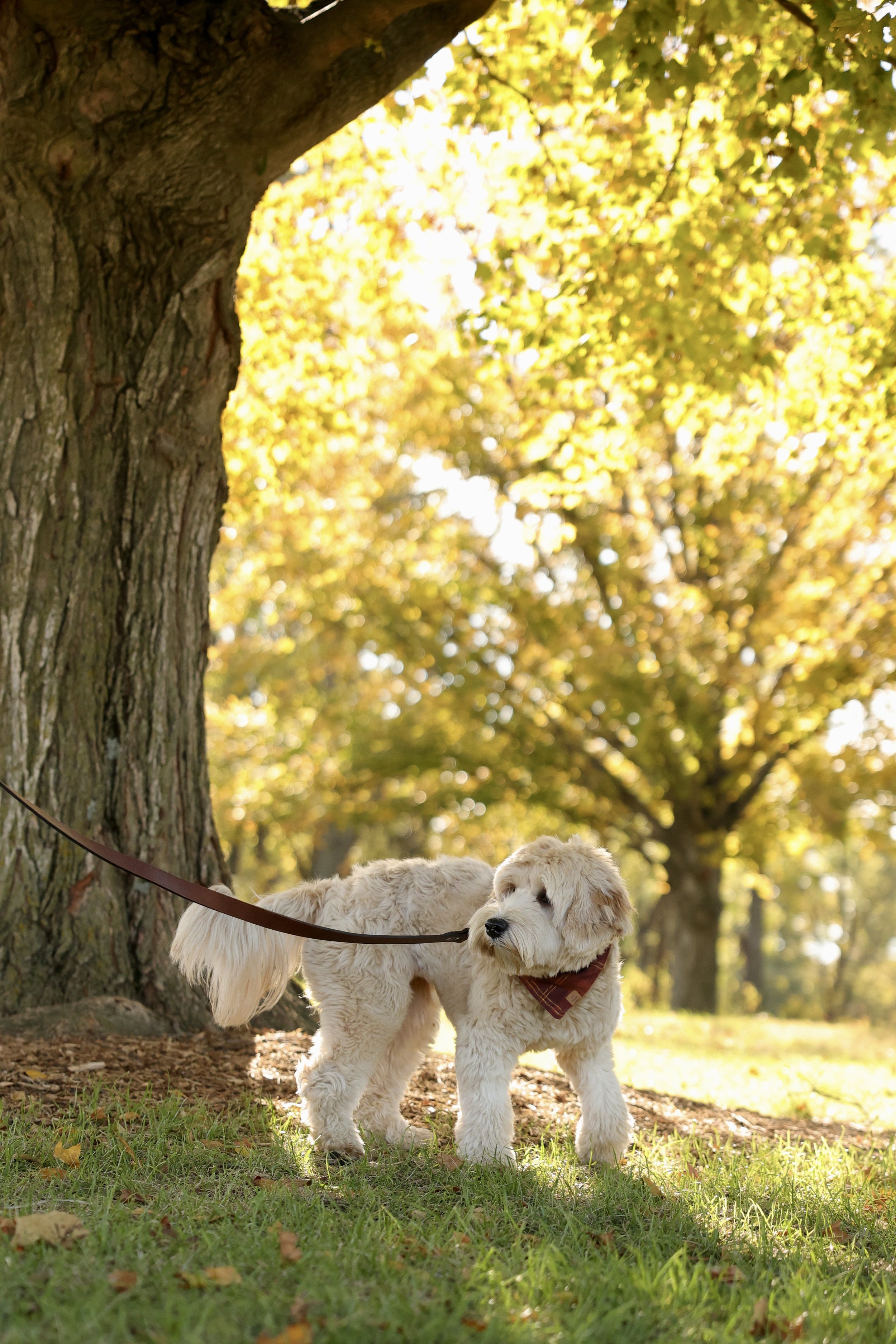Health + Wellness
We are dedicated to preserving and strengthening the health and wellness of our breed. Our breeding dogs are required to have both genetic and qualified veterinarian testing on a variety of health and genetic issues. Our puppies are raised in a sanitary environment and given age appropriate vaccinations and worm prevention. We are blessed to be involved with a fantastic Worldwide Labradoodle Breed organization, bringing together nearly 200 Breeders from the United States, Canada, Europe, and Australia that are dedicated to protecting the breed we love so much. WALA’s goals include enhancing the temperament, health, coats, and structure of the Australian labradoodle breed. The Worldwide Australian Labradoodle Association has established breeding requirements and breeder code of ethics required of all member breeders. This also serves to help pet purchasers know that they are getting the quality breed they have selected and that their pet will meet the qualities they expect. When you are looking at breeders we encourage you to ask what health testing they perform on their breeding dogs. You can also search for member breeders in your area on the Worldwide Australian Labradoodle Association website.


